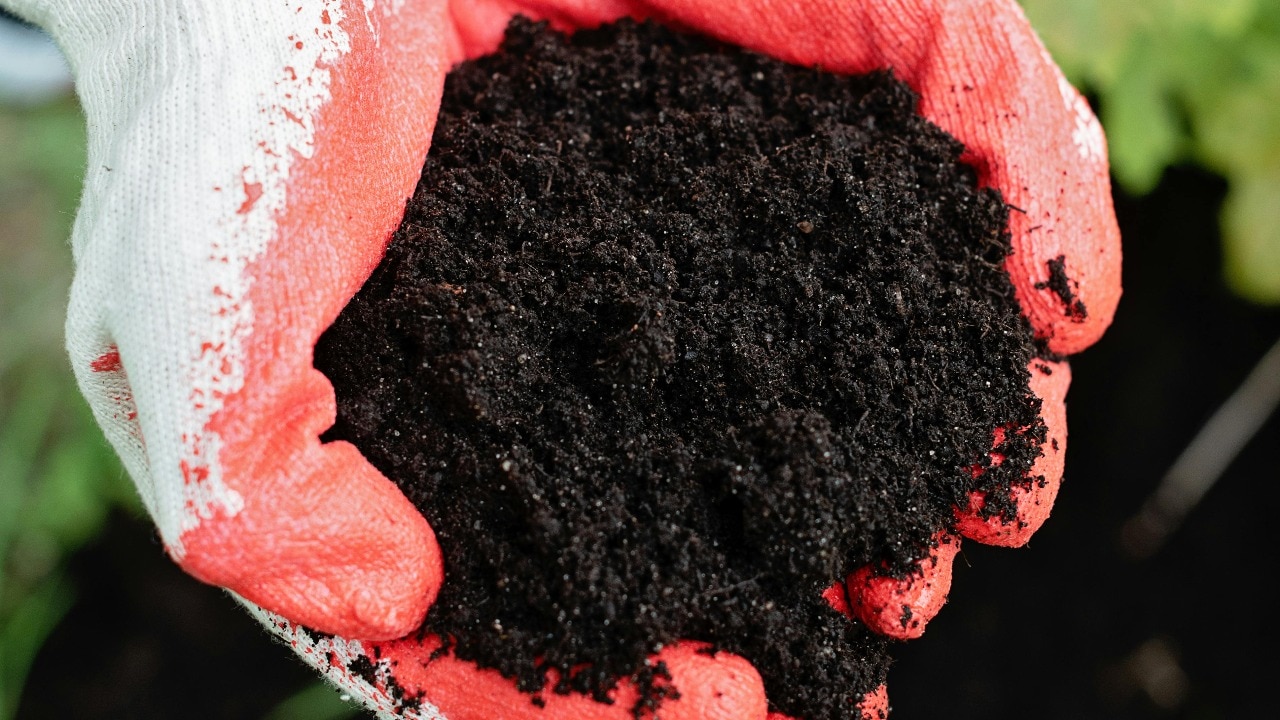Sustainable Puja: Transform Sacred Offerings into Home Garden Compost
This guide empowers Hindu households to practice environmental stewardship by transforming sacred offerings into valuable resources, embodying the dharmic principle of respecting nature.
Want daily inspiration like this? Subscribe to our newsletter!
Article Summary
The article explains how to convert leftover puja flowers, banana leaves, and fruit into nutrient-rich compost at home. It details setting up a compost bin, balancing 'greens' and 'browns,' maintaining moisture, and aerating the pile, resulting in usable compost within weeks. The guide emphasizes the eco-friendly benefits of this process, honoring tradition while caring for the environment.
Original Article: indiatoday.in
[ Sentiment: positive | Tone: factual ]
This summary and analysis were generated by TheNewsPublisher's editorial AI. This content is for informational purposes only; it does not constitute spiritual or religious advice.
[ Sentiment: positive | Tone: factual ]
This summary and analysis were generated by TheNewsPublisher's editorial AI. This content is for informational purposes only; it does not constitute spiritual or religious advice.
TNP AI: Key Insights
Sanatana Dharma emphasizes reverence for Prakriti (nature) and the interconnectedness of all life. Composting puja waste aligns with the principle of ahimsa towards the environment and seva (selfless service) by contributing to ecological balance and reducing waste.
This practice integrates an ancient reverence for nature with modern sustainable methods, allowing families to extend the sanctity of their puja beyond the ritual by mindfully managing its byproducts and enriching their home environment with natural fertility.
By promoting responsible disposal, this initiative can inspire wider community engagement in environmental stewardship, reducing landfill burden and fostering a deeper connection to dharmic values of ecological harmony globally.



